What Does MSG Taste Like?
You will be able to answer the question: “what does MSG taste like?” after reading this post. MSG is a food additive that appears in various types of foods. Nevertheless, not all people know exactly how it tastes and how to use it.
On top of that, there is a belief that MSG is harmful and affects people’s health. So, what is the truth? This article will provide evidence to show that MSG is not that detrimental and describe its excellent taste.
Are you curious now? Scroll down the page and get ready to be mind-blown!
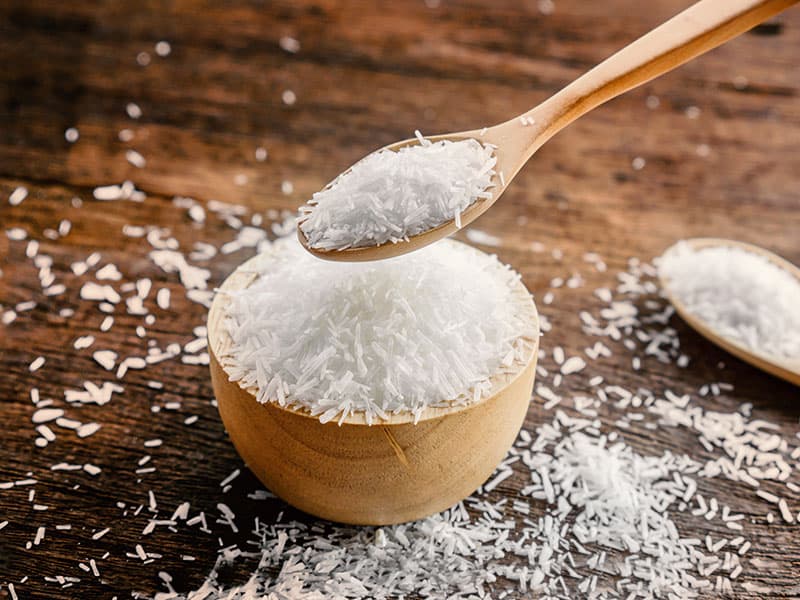
Mind-Blowing With The Definition Of MSG And Its Origin
The name MSG stands for Monosodium Glutamate. It was invented in the year of 1908 by a Japanese biochemist. MSG is derived from glutamic acid – an abundant amino acid that appears in tomatoes, corn, grapes, mushrooms, and cheeses (Parmesan and Roquefort). (1)
However, MSG is widely recognized as a food additive added in various pre-packaged foods. Some of them are canned foods (sauces or meat), prepared snacks, smoked meat, and sausages. People also use it as a condiment or seasoning.
MSG is made with sodium, water, and glutamate. You can recognize MSG by its white crystalline powder reminiscent of salt or sugar with a more extended shape appearance.
Let’s take a closer look at MSG and how it is made!
The Magical Fifth Taste Of MSG That You Should Know
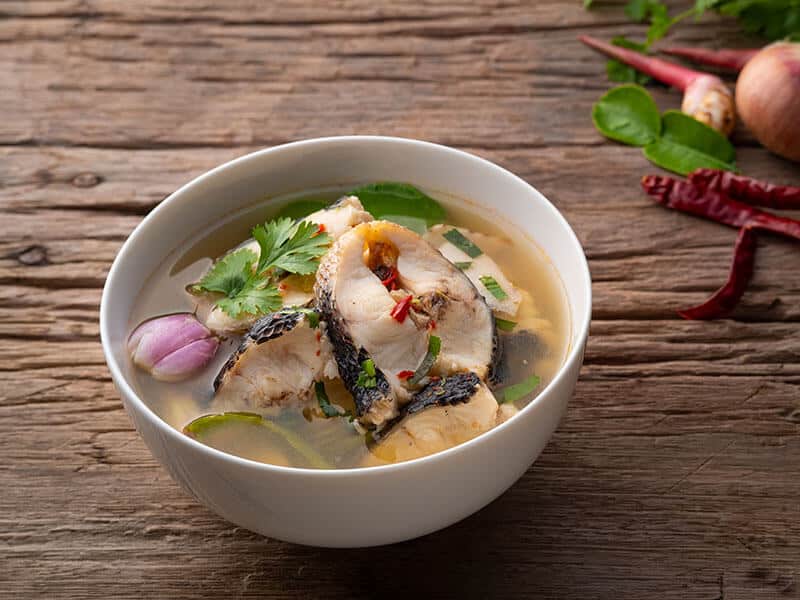
Generally, MSG tastes like umami, which is also considered the fifth taste. So, what is the fifth taste? Among the four basic tastes are bitter, sweet, sour, and spicy; the fifth one is umami. It tastes slightly sweet-savory, meaty, and earthy.
MSG has a mild and slightly savory flavor when tasted alone. Some people said that MSG has a strong seafood-like flavor, which reminds them of sweet crab meat. MSG does not make any changes in your food’s taste. It just enriches the food’s flavor.
People just use a small quantity of MSG to enrich the umami flavor of the foods. The reason why MSG helps enhance the dish’s flavor is that the glutamate has an affinity with the umami receptors on your tongue and it is the purest source of the umami flavor.
The Best Ways To Use MSG In Flavoring Foods

There are two advantages of using MSG in cooking foods: contributing flavor and intensifying other ingredients’ flavor.
- The first one is that MSG brings an umami flavor to the food that makes it tastier.
- Secondly, people also use MSG as a seasoning to flavor the food and enhance the salty and sour taste.
MSG is a popular food seasoning in various Asian, Caribbean, and Latin American dishes. People mainly use MSG in meat rubs, gravies, soups, fish, or eggs. It is also used to balance the bitterness of some vegetables.
You can also find MSG listed on a large number of pre-packaged foods’ labels. Some processed foods usually contain MSG, like flavored chips and crackers, canned foods like canned corn or canned soups and sauces.
MSG is also found in salad dressings, flavored ham or sausages, soy sauces, and fish sauces. Moreover, MSG is indispensable in most items in fast-food restaurants, especially chicken items.
Patties added with MSG vs. non-MSG patties, which is tastier? You can see this video to know more:
Is MSG Truly As Harmful As Many People Believe?
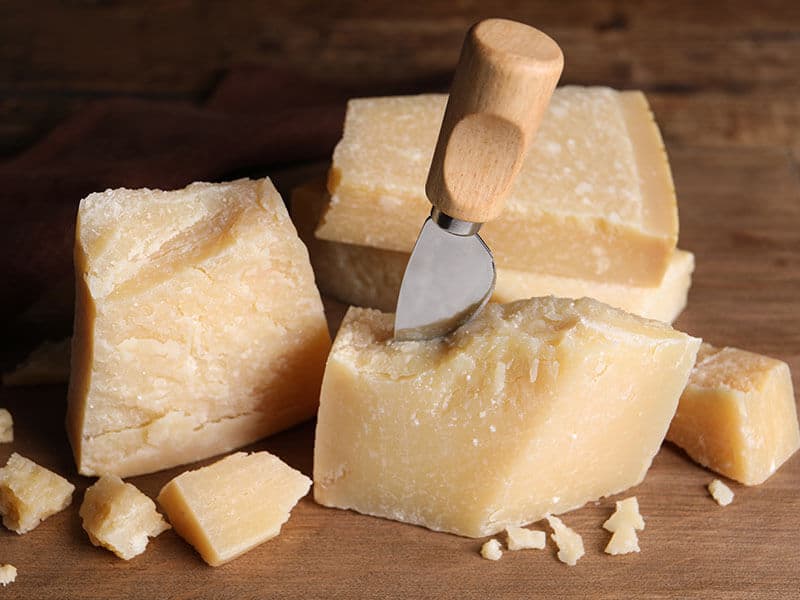
At one time, there was a widespread belief that consuming MSG can have a negative effect on people’s health, especially the brain. Some people have reported to feel uncomfortable after eating MSG; they have headaches, increased heartbeat, and vomiting.
Some other symptoms that may appear are chills and trembles, blurred vision, burning sensation. People call the symptoms you suffer from Chinese Restaurant Syndrome. But, there is no evidence that MSG is linked with these symptoms.
Nonetheless, no study supports MSG as harmful. Those discomfort symptoms are because you eat foods added to MSG with an empty stomach or drink alcohol. Another possible reason for that is that you have an allergy to MSG.
According to the USDA, MSG is a sodium salt and contains an amino acid named glutamic acid. This amino acid is a building block of protein. MSG is also found in high protein foods, such as meat, fish, cheeses, and poultry. (2)
In addition, the FDA also considers foods added with MSG to be GRAS (Generally Recognized As Safe).(3)
Some extra fascinating information about MSG and its effect on your health.
Exciting And Useful Information About The Shelf Life Of MSG
After knowing well about MSG, maybe you will be curious about its shelf life and how to store it effectively. Keep on reading!
Does MSG Have An Expiry Date?
MSG can last for more than 3 years, but it is recommended to consume MSG within 3 years to enjoy its best taste. However, the MSG will not go bad fast as a wink, but it gradually loses the flavor and texture.
Some Identifying Signs When MSG Start To Go Bad
Although you can still use MSG after its best-by date as soon as possible, there are some signs of spoiled MSG that you should not consume due to poor storage conditions. The MSG that is not suggested to use will has some changes in its flavor and texture:
- Flavor: Spoiled MSG tends to lose the bold and intense flavor.
- Texture: The MSG will clump together. This might result from someone accidentally dropping some water, oil, or other spices while cooking.
- Color: MSG that starts to go bad will start to discolor. It may change the color due to the ineffectively storage methods.
How To Store MSG Effectively To Prolong Its Shelf Life?
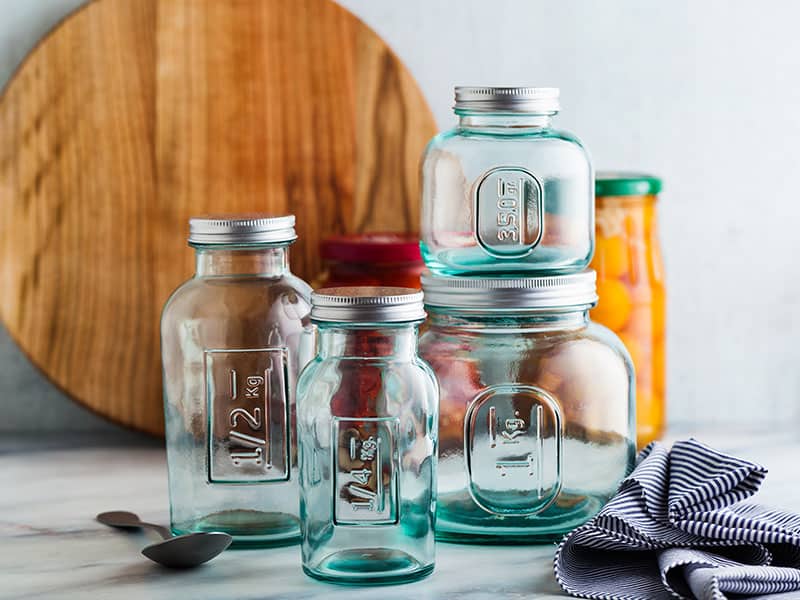
So, how to keep MSG in its best condition for using longer? It is not that hard, keep on reading to find out!
Like other spices, MSG is better left at room temperature. However, the place where you store MSG has to be clean, dry, and cool. You also should remove MSG from any direct heat and sunlight and avoid placing MSG in humid and dirty areas.
Also, you should pay attention to the storage containers. The best containers are glass jars that are washed, sterilized, and thoroughly dried. Furthermore, those jars have to be appropriately sealed. The spoon you use to scoop out MSG also has to be dried.
3 Excellent Recipes Taste Wonderful When Added With MSG
As I have said above, MSG brings an amazing umami flavor to every dish added with it. Below are 3 suggested recipes to cook with MSG for you to try!
1. Special Fried Rice
Fried rice is one of the popular Chinese foods that will pop out immediately when talking about Chinese cuisine. The fried rice is flavorful with a variety of ingredients, including fragrant cooked rice, eggs, vegetables, umami soy sauce, and MSG.
MSG plays a vital role in this dish as it helps enrich the umami flavor although people just add a pinch of it. This is the secret tip to make fried rice tastier of Asian people. Another tip is that cold, old-day cooked rice will work better than hot, uncooked rice.
2. Pork-Stuffed Tofu In Tomato Sauce
Pork-stuffed tofu in tomato sauce is a Vietnamese dish. It appears frequently in various Vietnamese family’s daily meals as it is easy to make but amazingly delicious. Vietnameses always eat it with warm cooked white rice.
Adding MSG to the tomato sauce to make it denser and bolder. The flavor is also enriched with the umami flavor of MSG. Consider trying this recipe for a perfect side dish of the day.
3. Lemon Chicken Dill Soup
Are you looking for a perfect dish to welcome the cold winter? This lemon chicken dill soup is for you! The rich umami flavor of this soup since it is added with high-quality MSG. Moreover, it also reduces ⅔ amount of sodium intake compared to table salt.
Lemon chicken dill soup is totally a comfort food as it consists of tender chicken, vegetables, plenty of rice, that soak up with the flavorful and fragrant soup.
FAQs
Below are 5 questions about MSG and other information related to it. Let’s take a look!
Extra Tips When Choosing MSG And Its Potential Advantages
At the end of the post, I have a little caution for you. Although MSG is claimed to be safe to eat and tastes wonderful, just use it in a moderate amount. Just like other spices, it is not good when overeating.
Besides, since MSG contains just ⅓ of sodium found in salt, consuming MSG can help reduce the salt intake, one of the leading causes of cardiovascular disease. As a result, MSG will be the key to lessening sodium content.
Do not be afraid of Chinese restaurant syndrome anymore. What are you waiting for not to choose this flavorful, cost-effective, and reduced-salt product as a healthier seasoning?
Before leaving the site, like and share this post for those in need and comment your thoughts below. Hoping you have a time well spent reading this article.
References
- En.wikipedia.org. 2021. Monosodium glutamate – Wikipedia.
- Ask.usda.gov. 2021. AskUSDA.
- U.S. Food and Drug Administration. 2021. Questions and Answers on Monosodium glutamate (MSG).

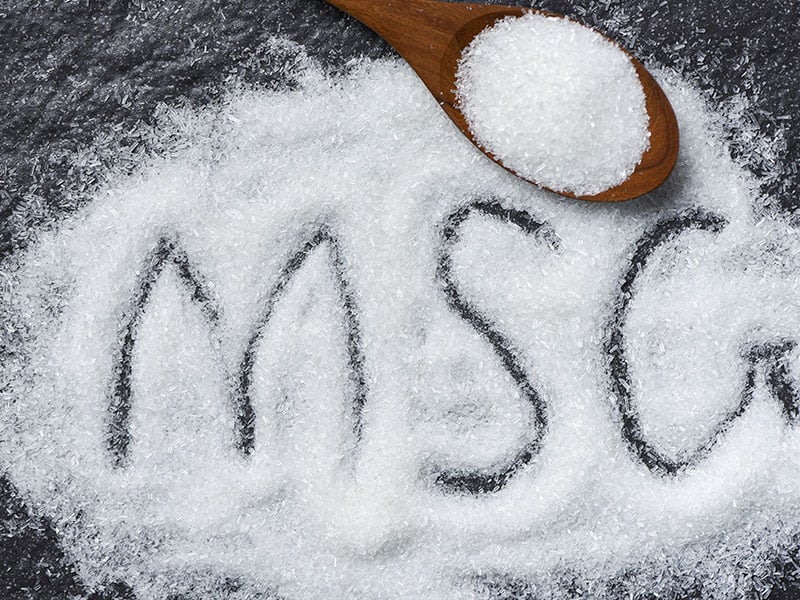
Liam O’Brien
Founder & Recipe Developer
Expertise
Education
Dublin Institute of Technology (now Technological University Dublin)
Ballymaloe Cookery School, County Cork, Ireland
Liam O’Brien is the co-founder and kitchen soul behind Good Tasting Meals, a chef who believes that cooking shouldn’t feel stressful or complicated.
He earned his culinary stripes at Technological University Dublin and polished his farm-to-table skills at Ballymaloe Cookery School. With over 15 years flipping pans and stirring up stories, Liam has worked in family cafés, bustling bistros, and everything in between.
At Good Tasting Meals, Liam brings you recipes that feel like home: cozy, simple, and full of flavor.